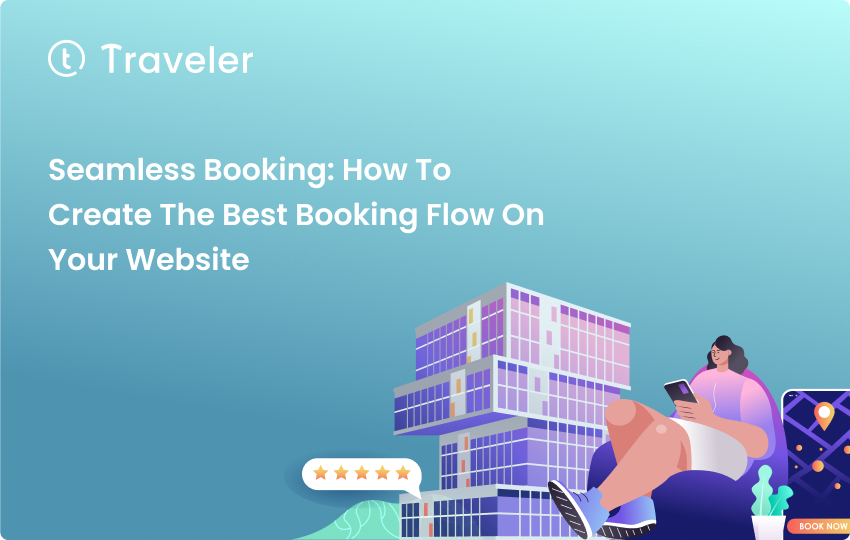
Table of Contents
Understanding the Booking Flow
Planning a trip has become easier than ever before, thanks to the convenience of online booking. Travelers can now book their flights, accommodations, and activities with just a few clicks. However, with the abundance of options available, it’s important to ensure that the booking process on your travel website is as user-friendly as possible. In this article, we will explore how you can create the best booking flow on your travel website, making it easy for your customers to plan their dream vacations.
A well-designed booking flow makes it easy for tourists to book their trips. It also has many perks for people like you who run tours. All of the work is done automatically, which saves time and money. It also lets you keep track of how customers act, like which walks are most popular or what questions they ask most often.
The booking flow is the process a user goes through to book a trip or purchase travel-related products or services on a website. Your travel websites need a smooth and efficient booking flow to ensure a positive user experience and increase conversions.
Here are the key elements of a booking flow for a travel website:
Search: This is the first step in the booking flow. This is where users enter their travel details, such as destination, dates, and preferences.
Best practices: Make sure the search function is prominent and easy to use, with clear instructions and helpful prompts. Allow filtering and sorting search results based on preferences.

Selection: Once users have searched, they will be presented with various options for flights, hotels, and other travel products. They will then select the most suitable options.
Best practices: Display all options clearly and provide detailed information on each option, such as pricing, availability, and features. Make it easy to compare and contrast different options.
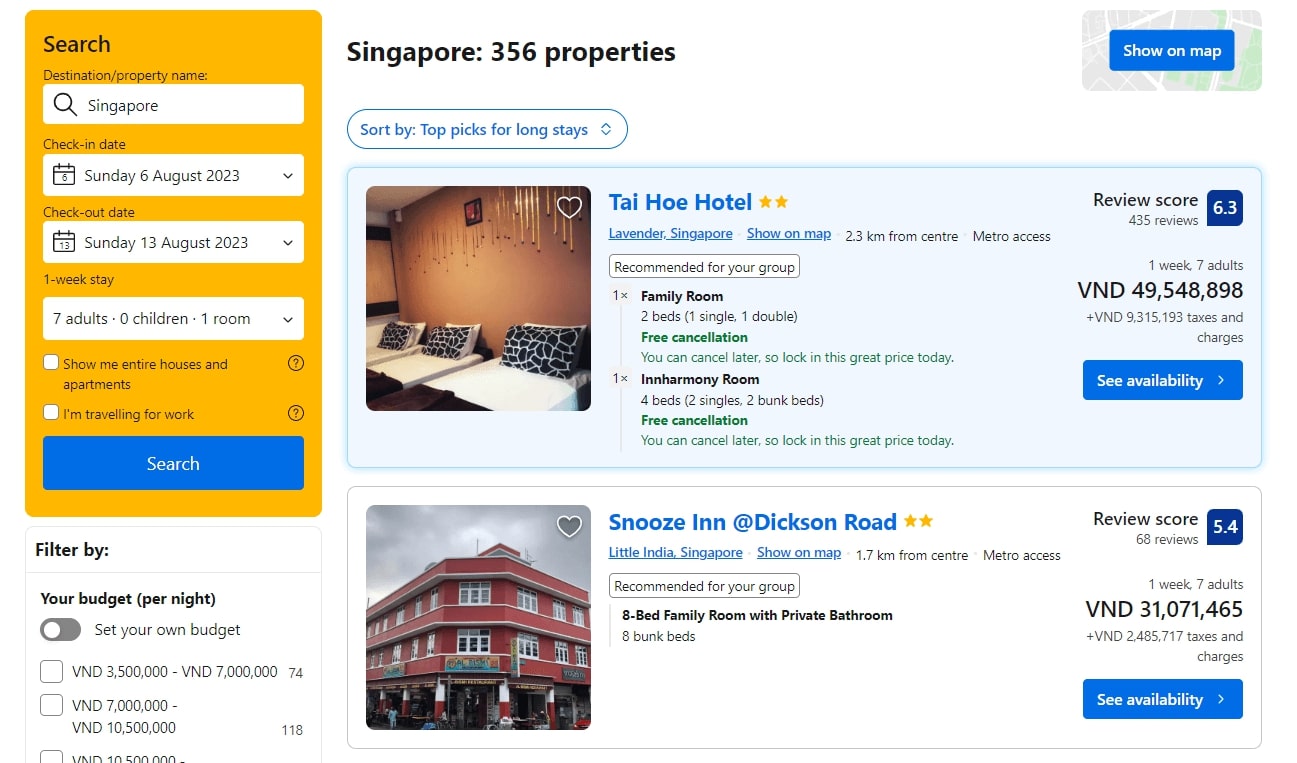
Customization: After selecting their preferred travel options, users may want to customize their trip further by adding extras such as travel insurance, airport transfers, or activities.
Best practices: Offer customization options relevant to the user’s trip and provide clear pricing and information on each option. Make it easy for users to add or remove options and see the total cost of their trip.
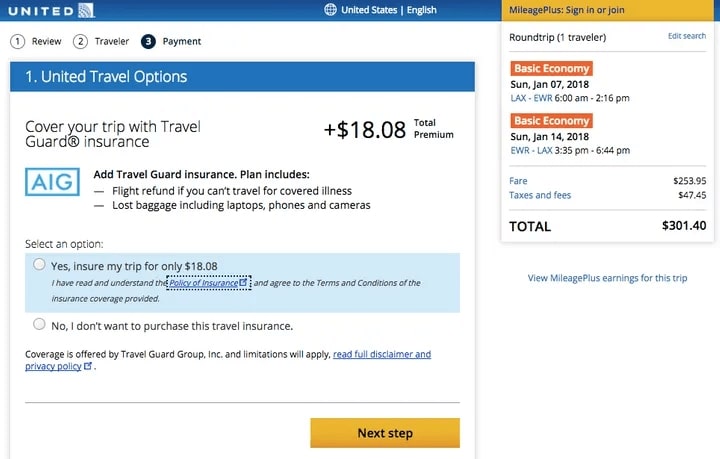
Confirmation: Once your users have finalized their booking, they will need to confirm their details and receive a booking confirmation.
Best practices: Provide a clear summary of the booking details, including the cost and itinerary, and allow users to review and make necessary changes. Send a confirmation email or SMS with all the relevant details and contact information.
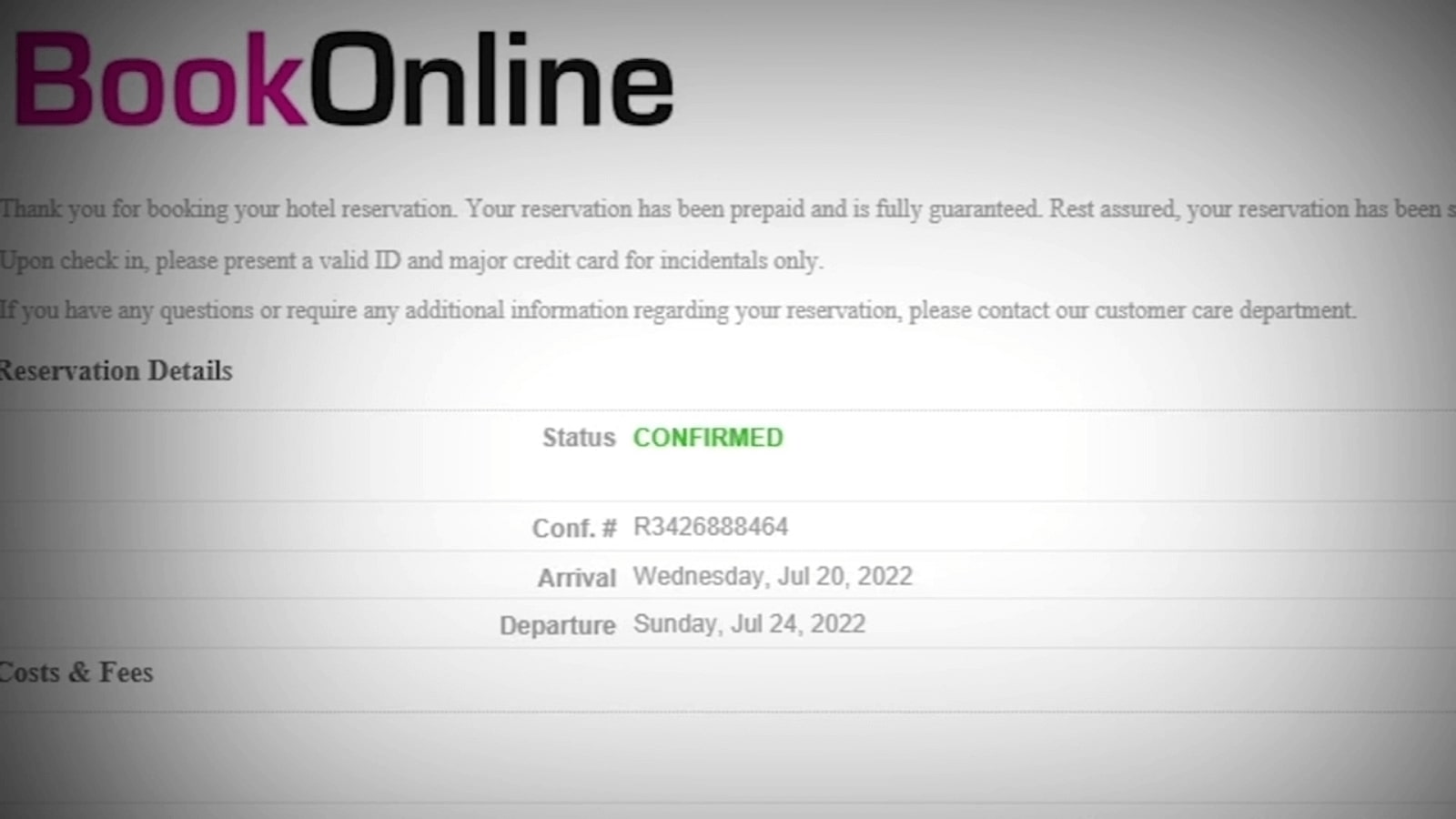
Payment: The final step in the booking flow is the payment process. Users must provide their payment information and complete the transaction.
Best practices: Offer secure and convenient payment options (e.g., credit cards, PayPal, or bank transfers). Make the payment process simple, with clear instructions and minimal friction.
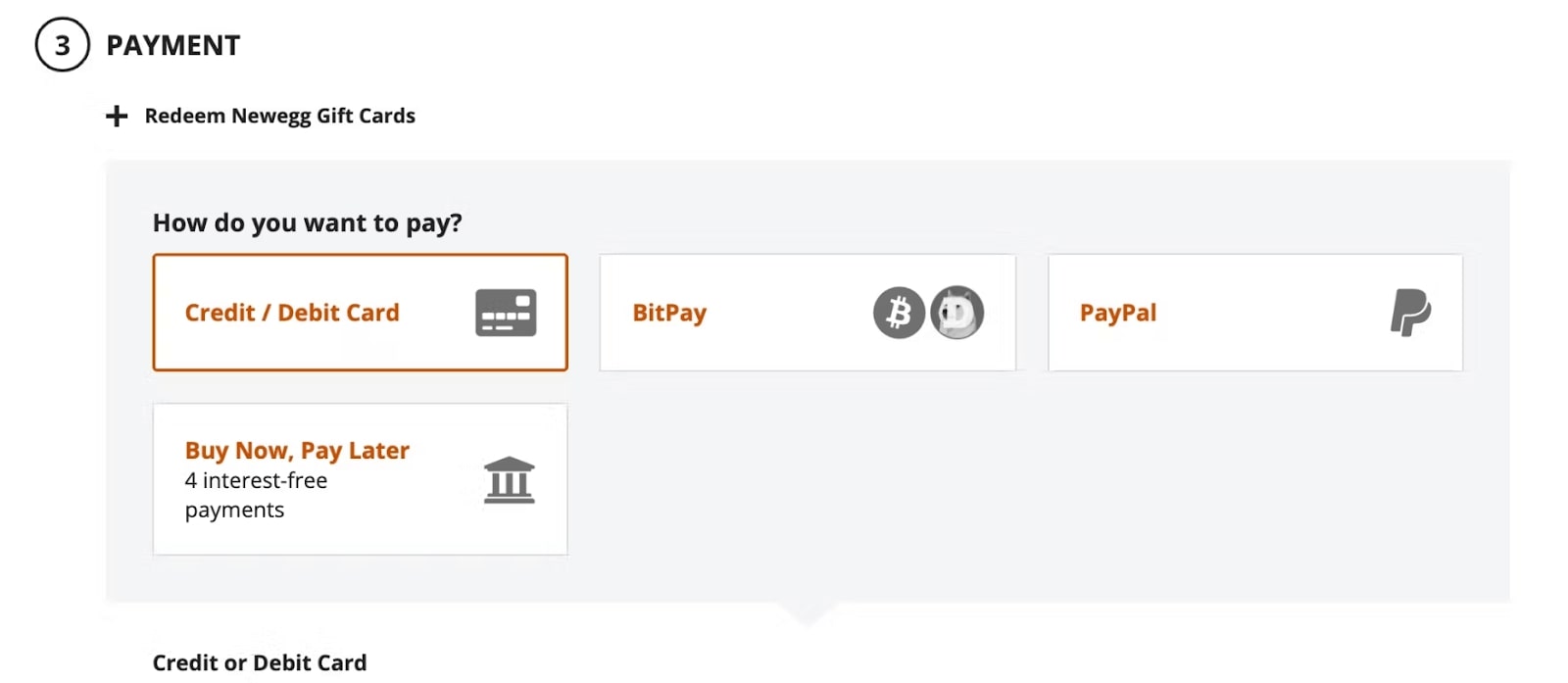
Following these best practices, you can create a travel website with a smooth and efficient booking flow to help your users easily book their perfect trip!
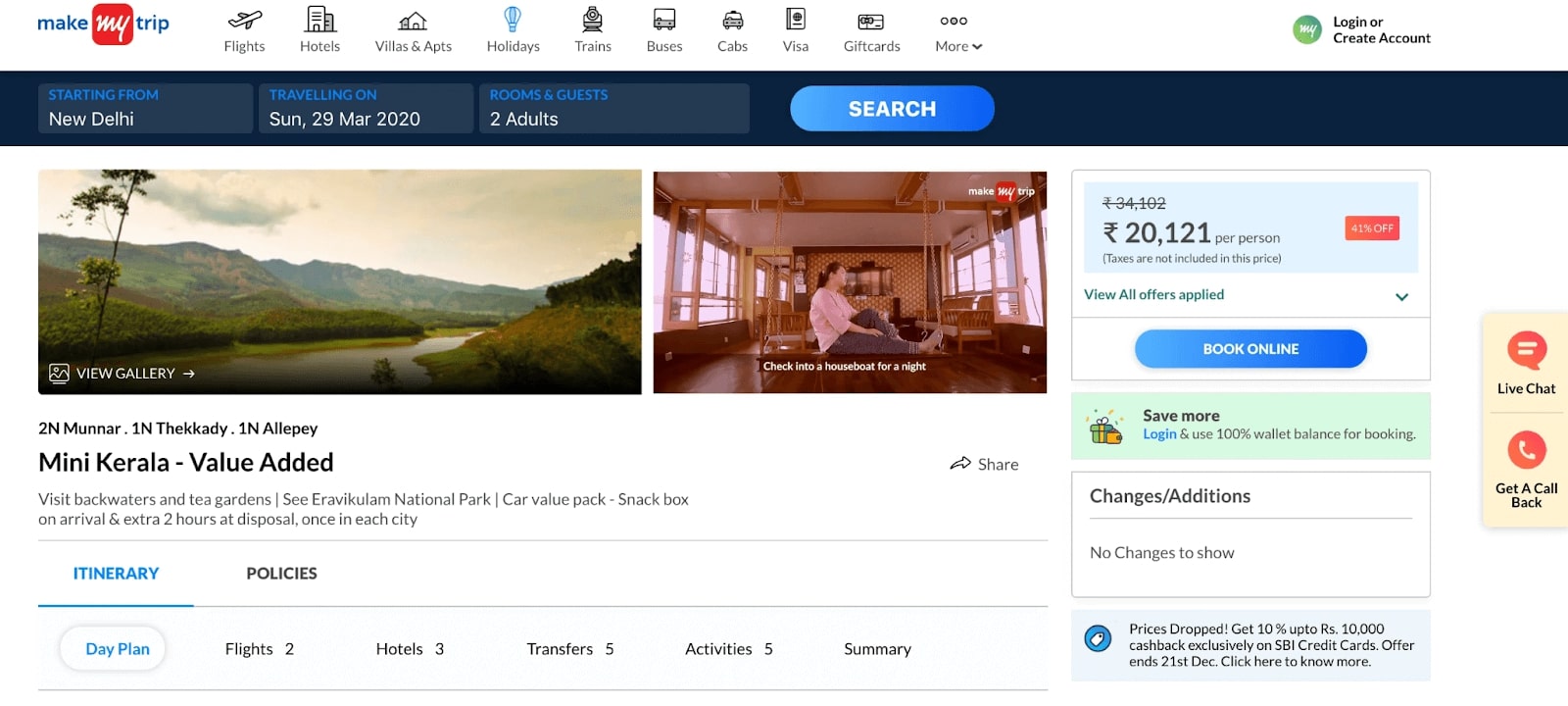
Designing a User-Friendly Booking Flow
A bad booking flow can quickly lead to anger, confusion, and, in the end, the customer giving up. But with the right method and a few simple changes, you can make a booking flow that is easy to use, simplifies the process, and makes people more likely to buy.
First, you should think about how to break up the booking process into smaller steps. This is so that your booking process is easy to understand. You can do this by making sure that each step has clear directions. Your customers will feel better about making choices and be less likely to give up in the middle.
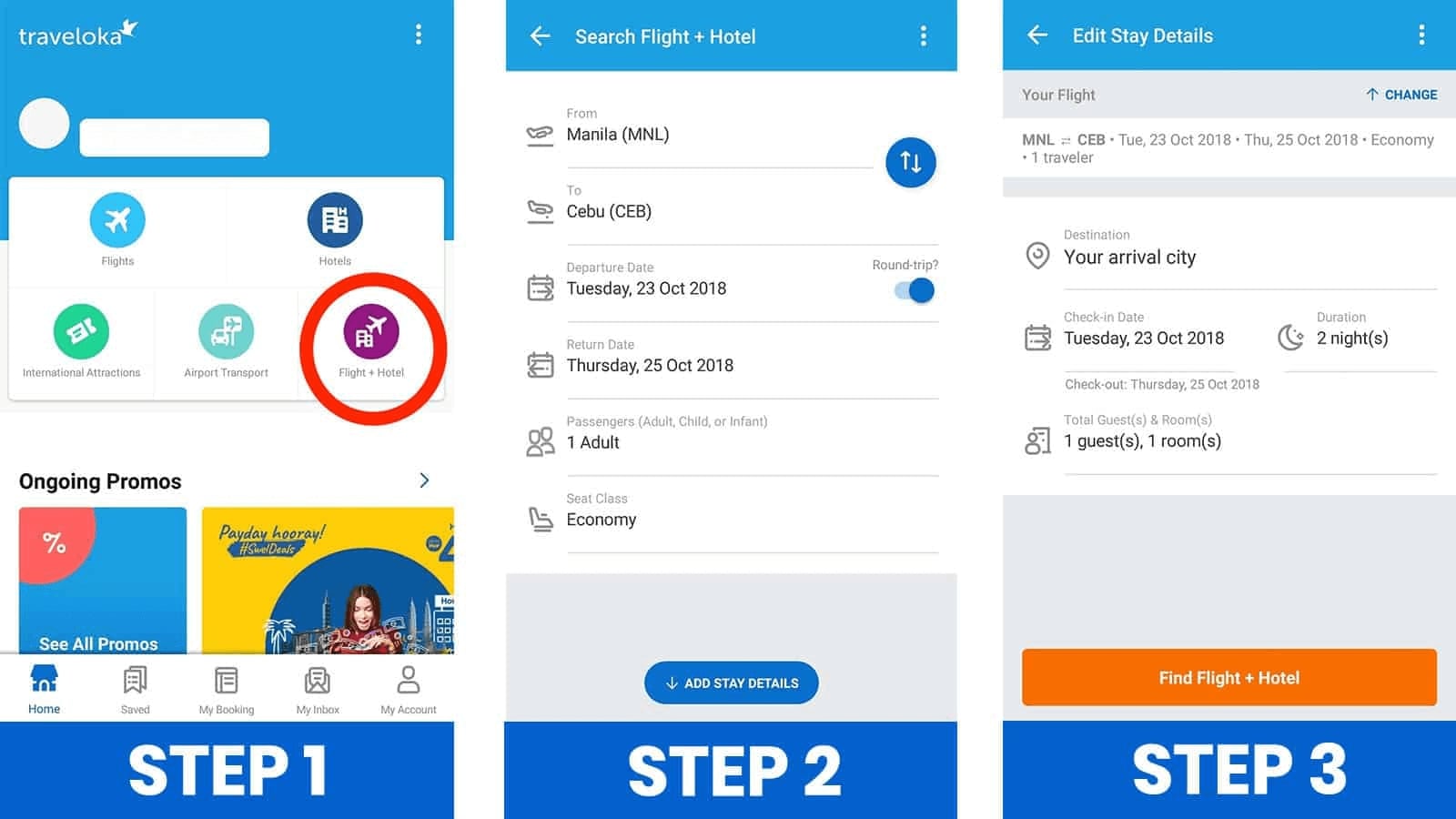
Second, adaptable design is also important. You must make sure that your booking process works on all platforms, like phones, tablets, and computers. This way, you can make sure that your website works well on any device.
Along with responsive design, it’s important to use user comments and test the booking flow to keep making it better. You can learn a lot about your customers from their responses to surveys, focus groups, and user testing events.
By looking at this feedback and figuring out where people are having trouble with the booking process, you can make specific changes to improve the general user experience.
P/s: Discover how to create a seamless booking experience for your travel website with TravelerWP, the best WordPress travel theme on the market. With its stunning layout and user-friendly design, TravelerWP makes it easy to design a beautiful booking flow that will keep your customers coming back for more.
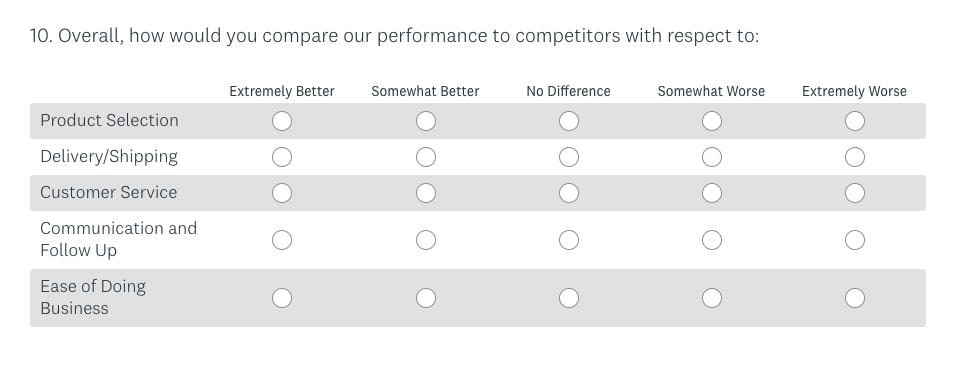
Case Studies of Effective Booking Flows
Intrepid Travel
Intrepid Travel is a travel company that focuses on adventure tours for small groups. Their booking method is made to make it easier to book complicated trips. It also gives each customer a unique and interesting experience.
The booking process starts with a search tool that lets customers choose what kind of trip they want, where they want to go, and when they want to leave. Then, buyers will see a list of trips that are available, each with a short description of where it goes, how much it costs, and when it leaves. Intrepid Travel’s customers can also look at photos and reviews from other travelers, ask questions, and get help from the company’s customer service team.
Lastly, their customers are taken to a safe payment page where they can pay for their booking and get a confirmation email.
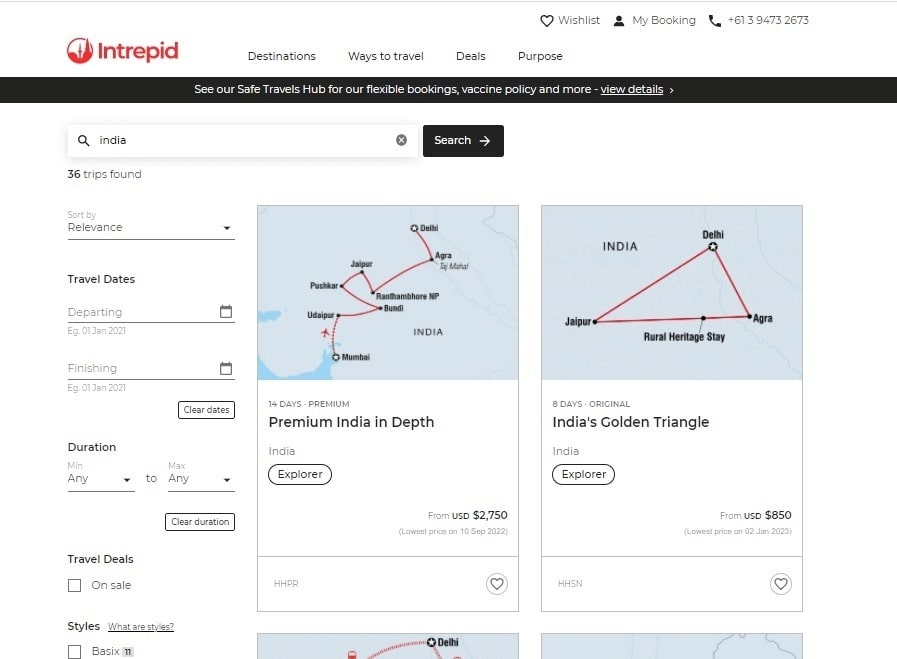
Airbnb Experiences
Airbnb Experiences is a way for people to give unique, immersive travel experiences to people from all over the world. Their booking process is made to be simple and easy to use, which makes it easy for customers to find and book the best experience.
The planning process starts with a search function that lets customers choose where they want to go and what kind of experience they want. Customers will see a list of available experiences, each with a short description, pictures, and reviews from other travelers.
They will choose the event they want, then pick a date and time. They can also send the experience host a message to ask questions or find out more.
The customer is then led to a secure page where they can pay for their reservation. The booking process on Airbnb is made to be easy and give customers all the information they need to make a good choice.
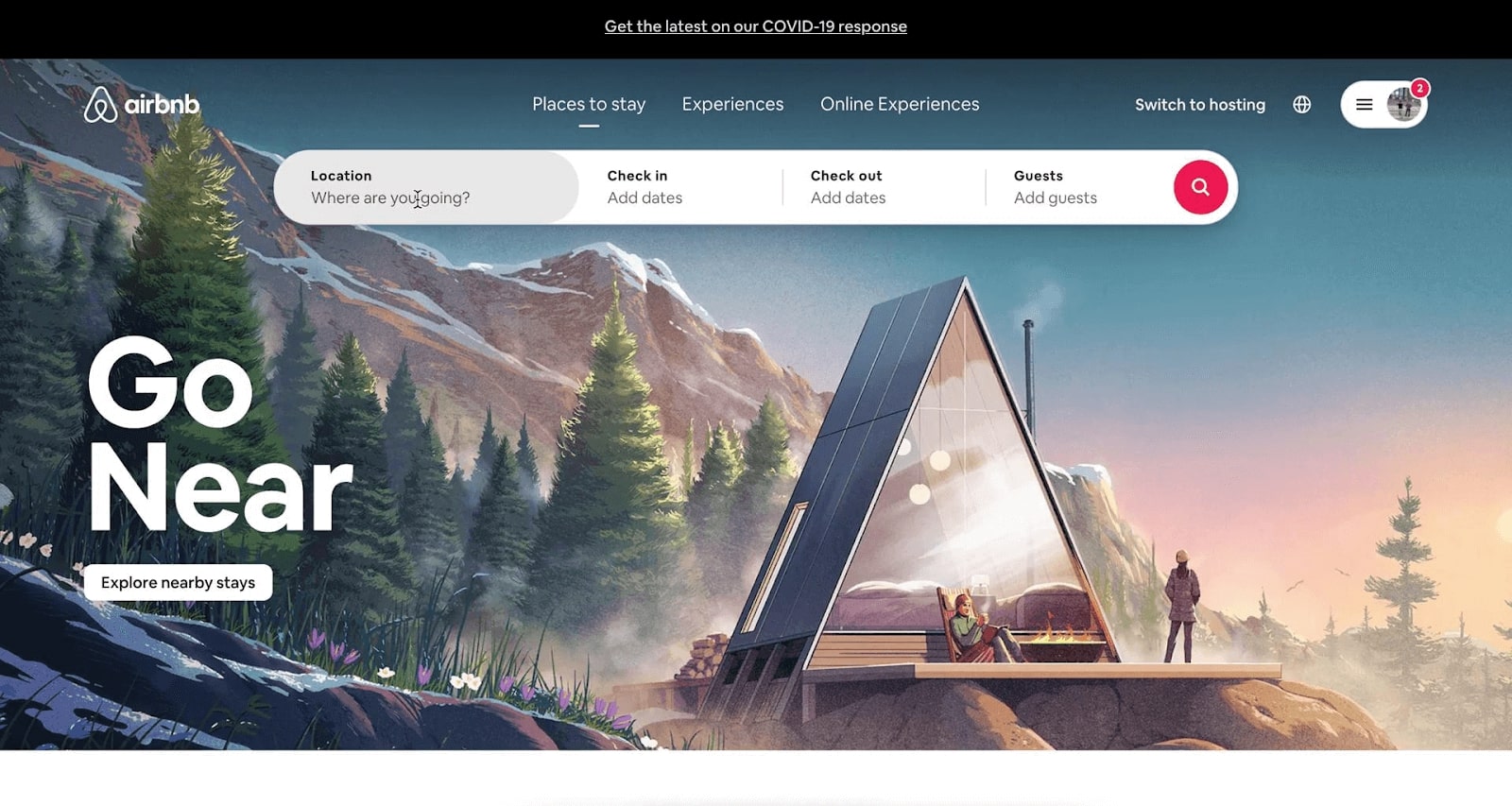
Contiki
Contiki is a travel company specializing in group tours for 18-35-year-olds. Their booking flow is designed to be optimized for mobile devices while also providing customers with a personalized experience.
The booking flow begins with a search function that allows customers to select the type of trip they’re interested in and the destination and departure date. From there, customers are presented with a list of available trips.
Once customers have selected the trip, they’re taken to a detailed trip page with information about the itinerary, accommodations, and activities. Customers can also view photos and reviews from previous travelers, ask questions and get advice from Contiki’s customer support team. The booking flow is personalized based on the customer’s preferences and interests, with customized messaging and recommendations.
Finally, customers are taken to a secure payment page. The booking flow is designed to be fast and easy, focusing on creating a seamless user experience from start to finish.
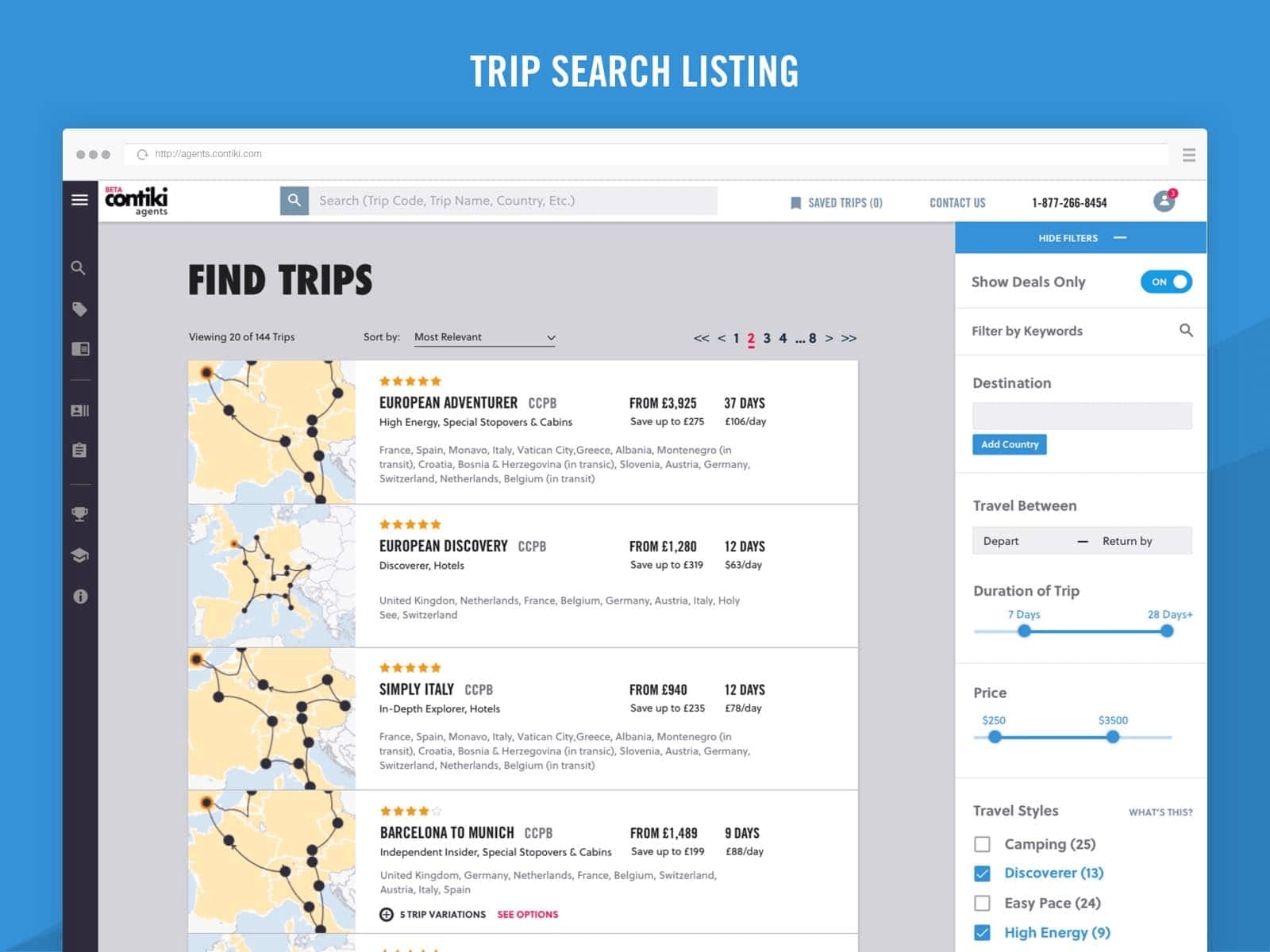
Tools and Platforms to Enhance Your Booking Flow
Online booking software is a must-have for any travel company that wants to make the booking process more efficient and simplify it. There are different kinds of online booking software, from easy booking engines to more complex ones with inventory management, reporting, and analytics. Booking.com, Rezdy, and FareHarbor are all well-known online booking software choices.
Integration with other travel technology options can improve your booking process by giving you access to more features and functions. For example, integrating with a customer relationship management (CRM) system can help you handle customer data and tailor your marketing efforts.
Integrating with a payment platform can help speed up the payment process and lower the risk of fraud. And integrating with a channel manager can help you share your inventory with many online travel agencies and booking sites.
When you want to improve your booking flow, the ability to make changes is also important. Every travel business has different needs and requirements, so it’s important to choose a booking tool that can be changed to meet those needs.
Some of the ways you can customize it are by adding custom fields, making custom reports, and connecting with third-party apps. If you choose a booking tool that lets you make changes, your booking flow can be made to fit your needs.
Overall, you can improve your booking process with a number of tools and platforms, such as online booking software, interaction with other travel technology solutions, and the ability to make changes. By picking the right tools and platforms for your travel business, you can make a planning process that is smooth, efficient, and fits your needs.
Conclusion
Optimizing the booking flow on your website is essential for creating a better user experience. To ensure success, prioritize the design of your booking flow, as this has been proven to increase revenue and customer satisfaction. Test different strategies before making any final decisions to guarantee you make the best choices for your website.
Utilize the key takeaways discussed throughout the article to improve your website’s booking flow today!
